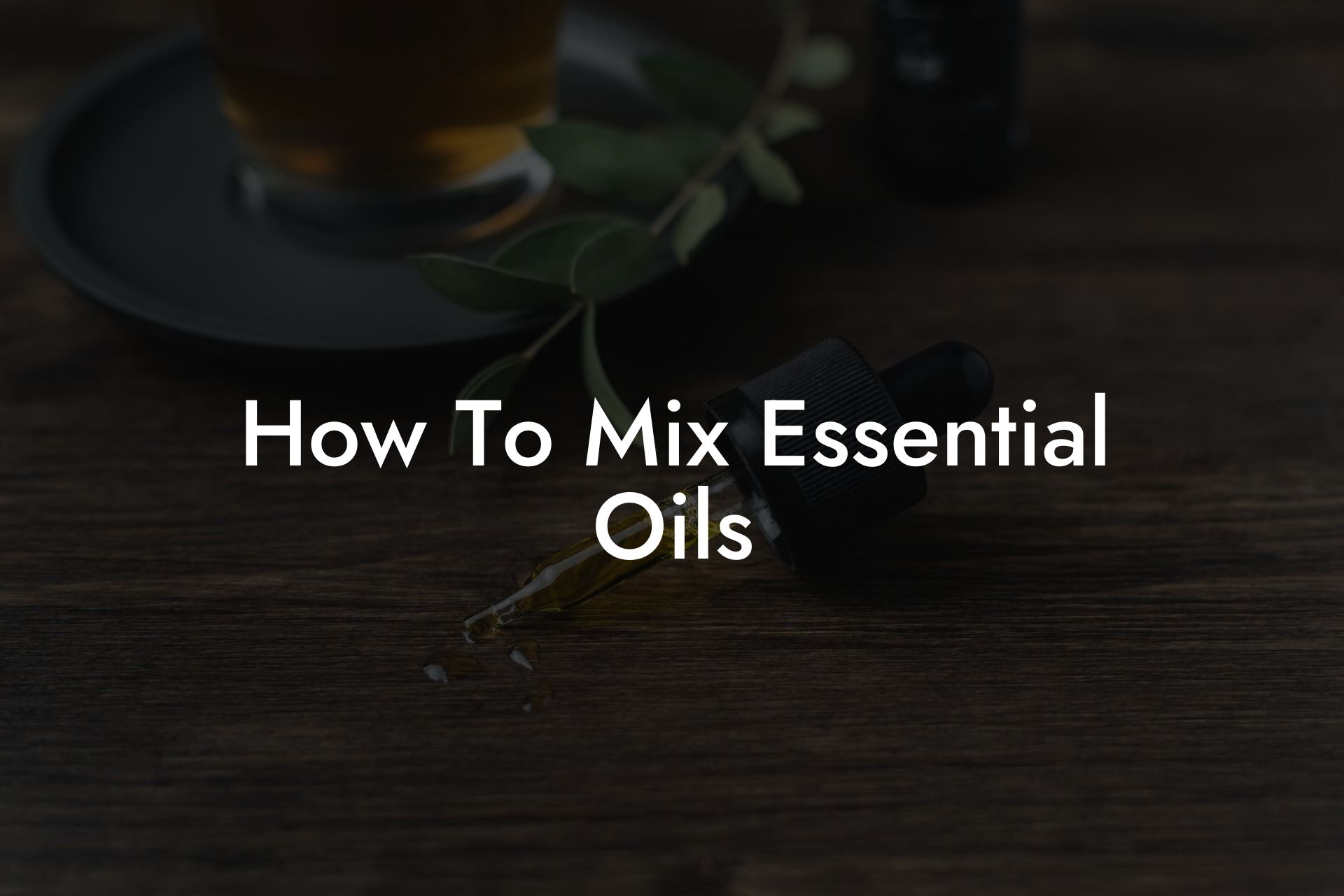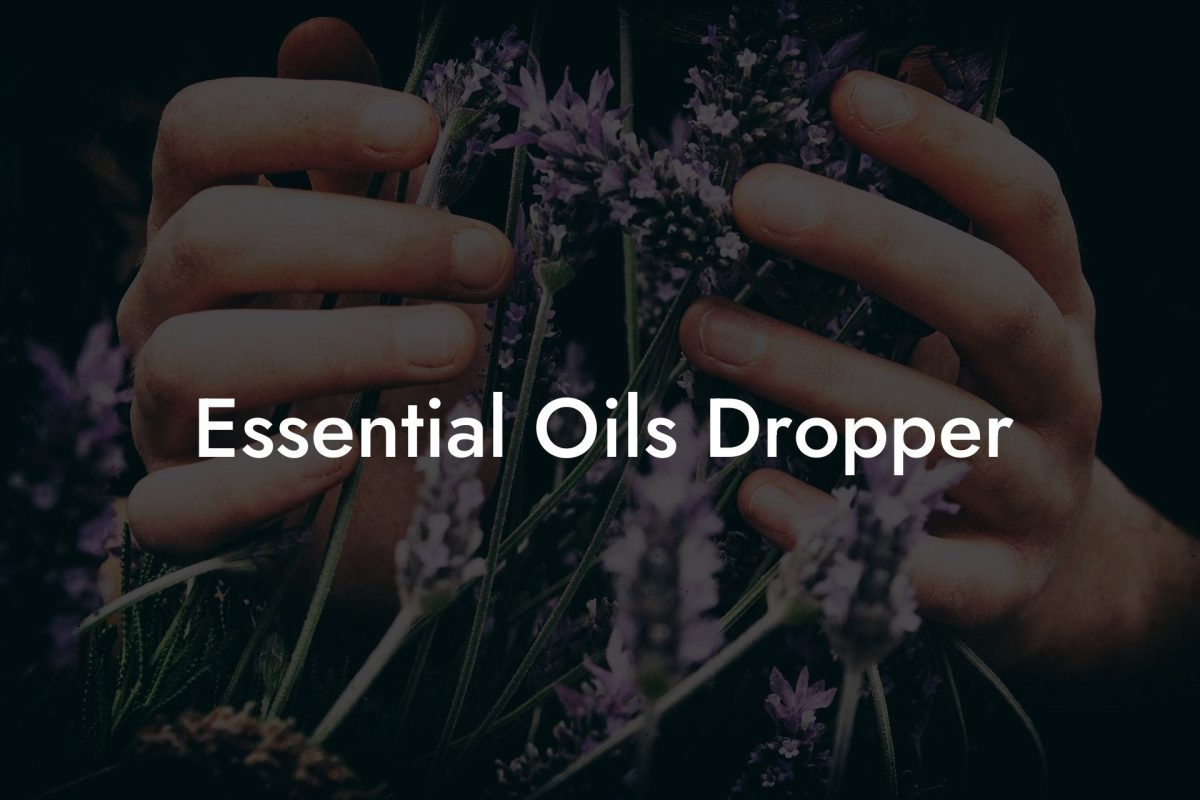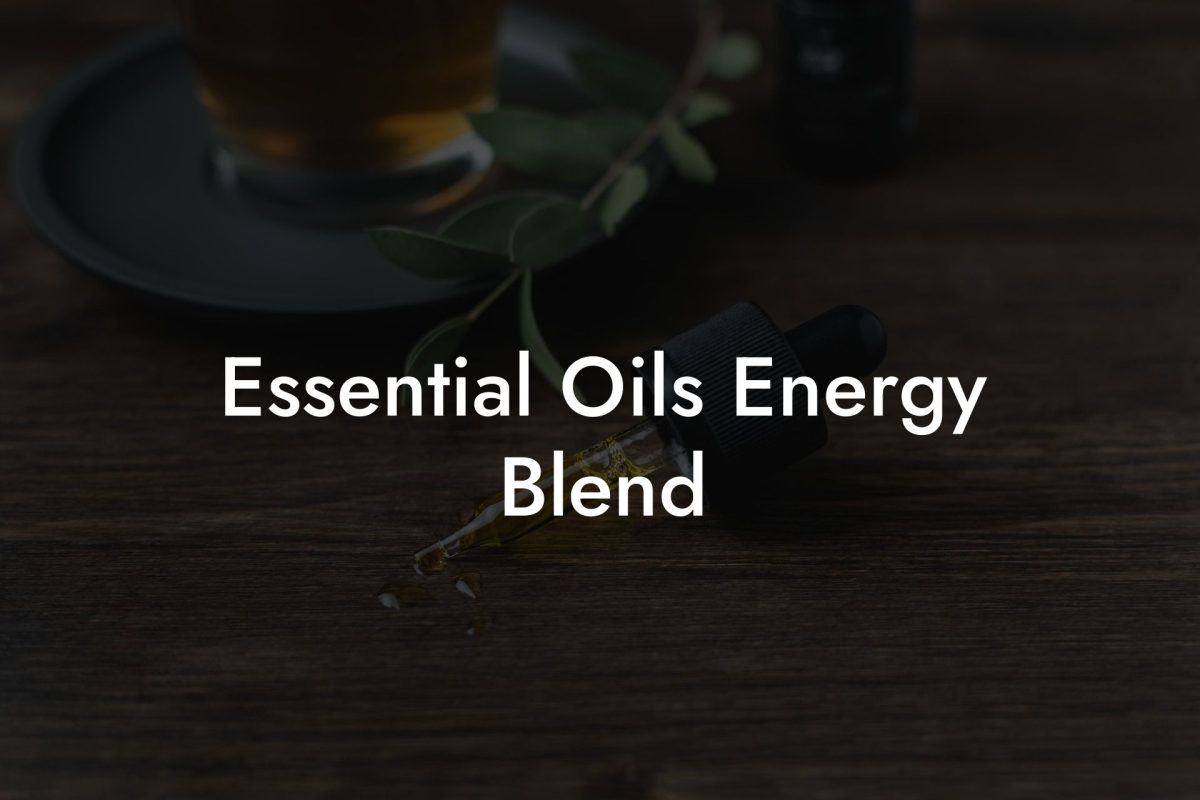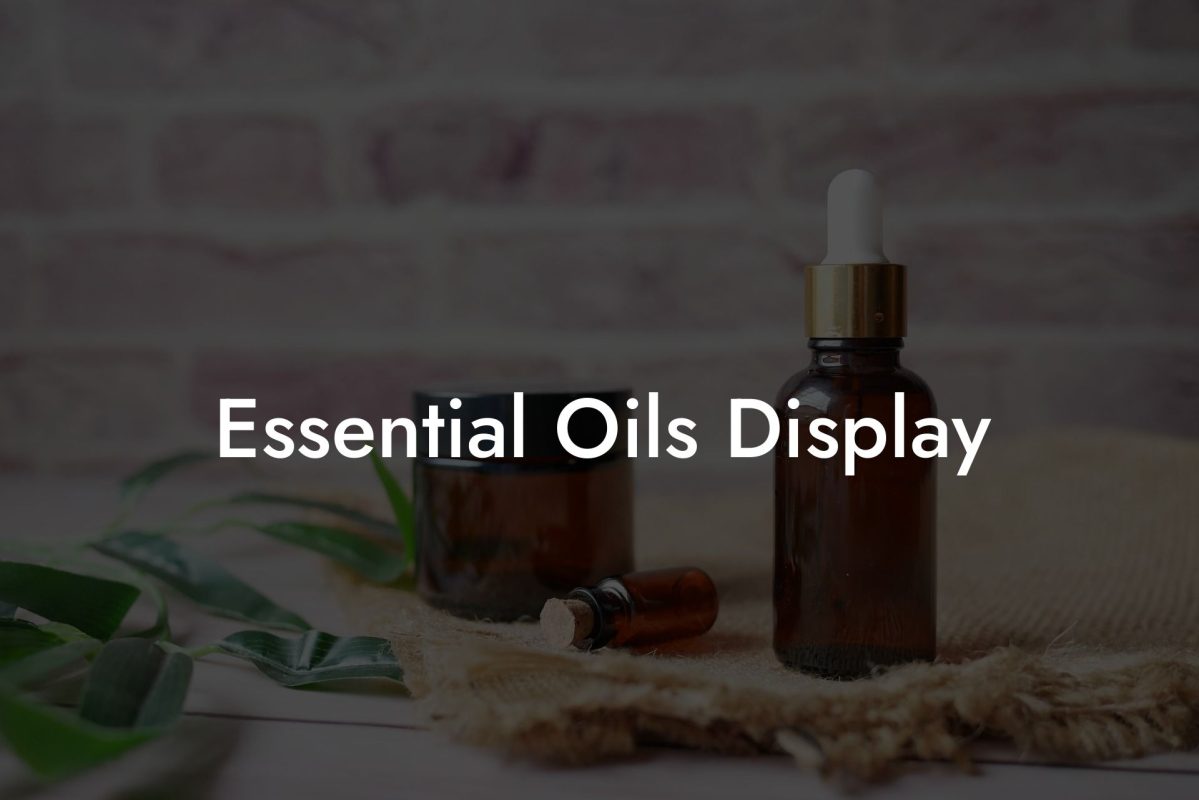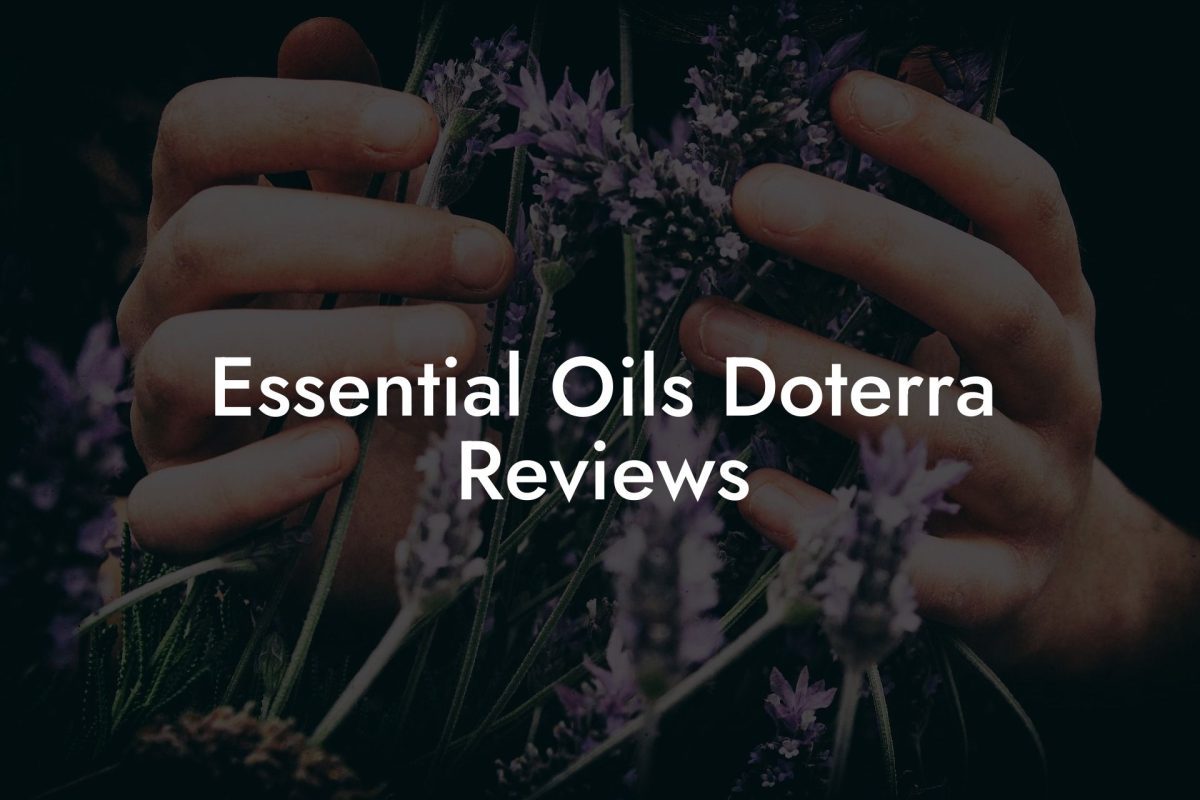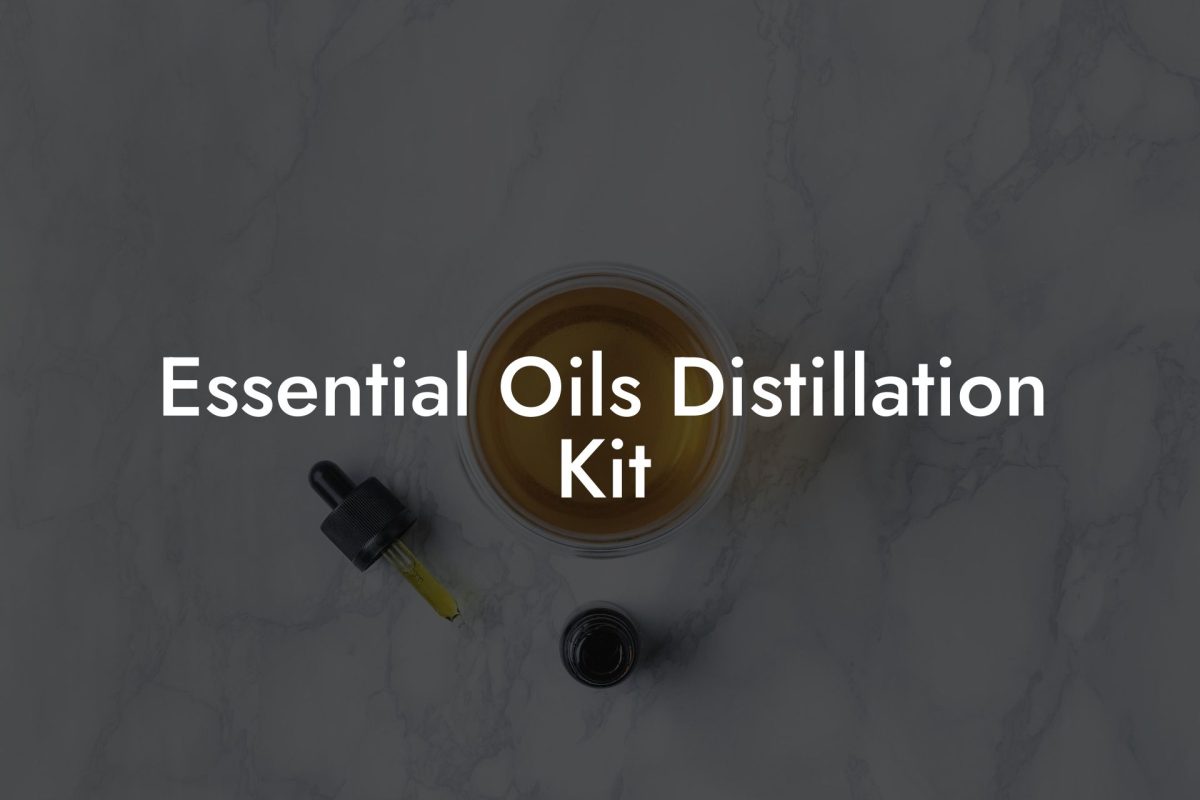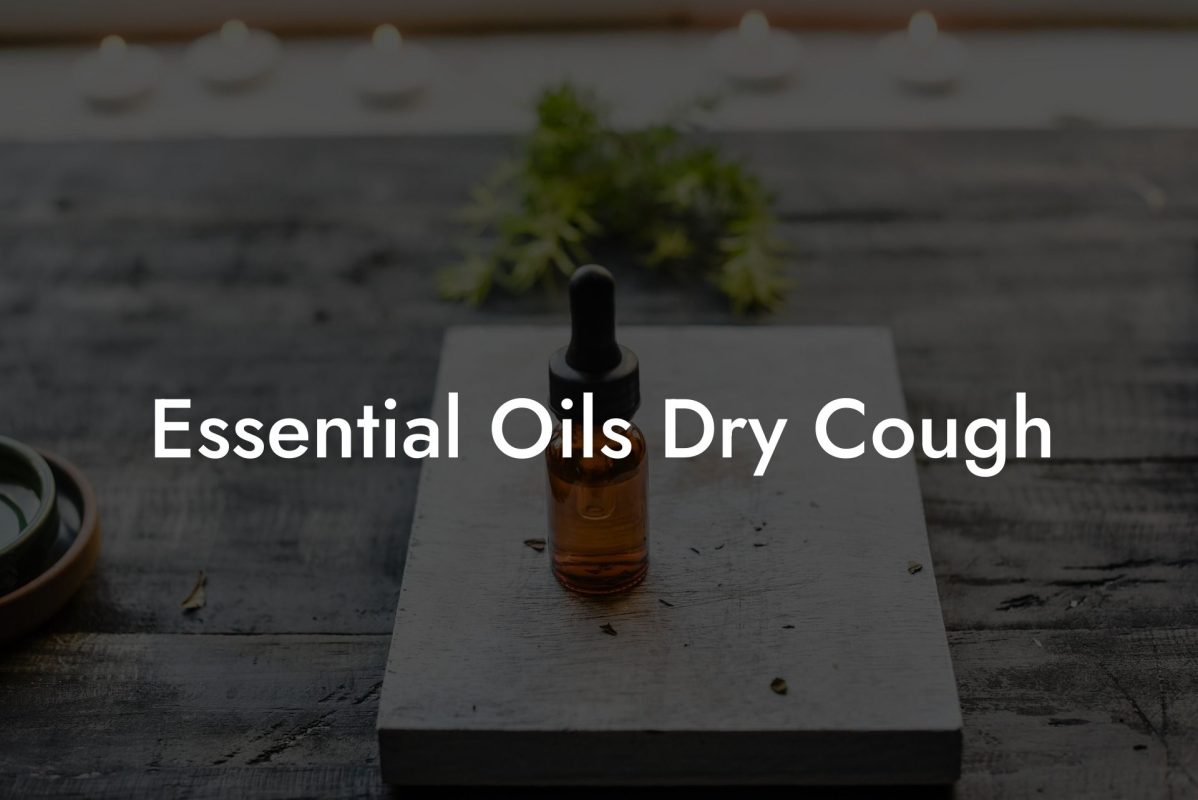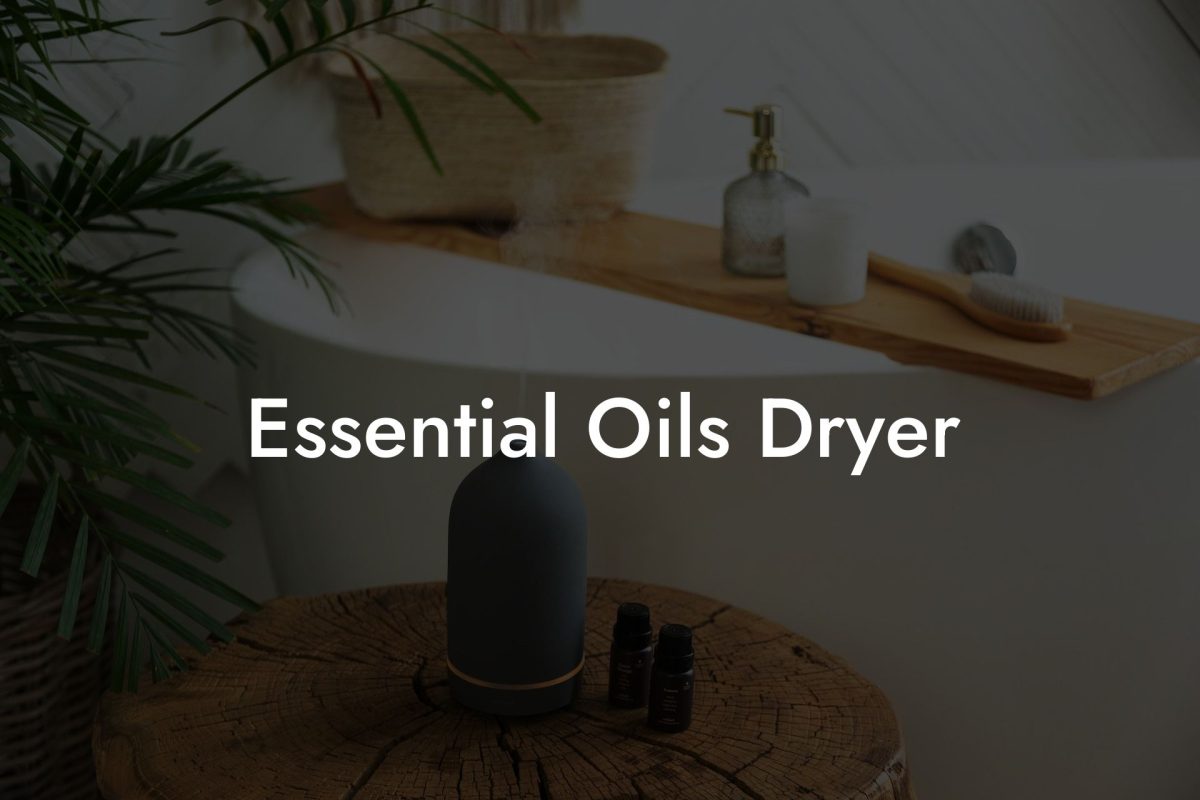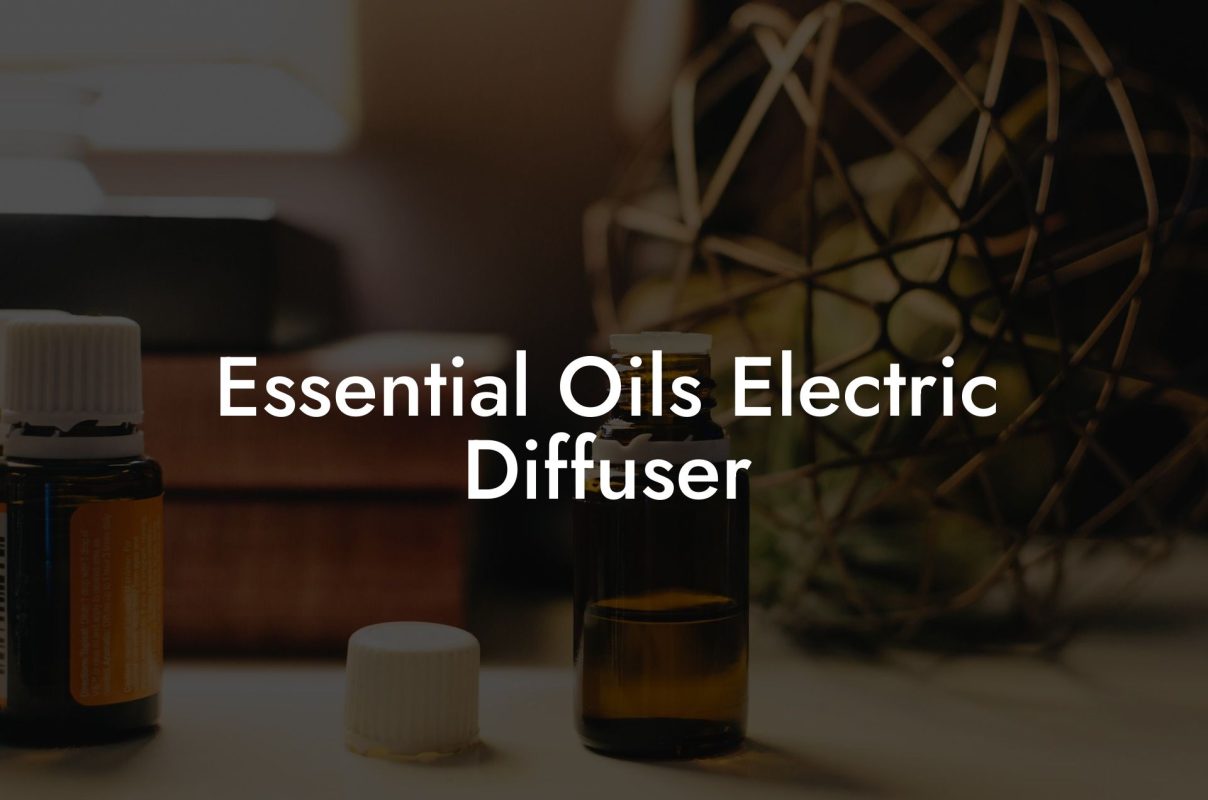Are you interested in incorporating essential oils into your everyday life, but unsure of how to create your own unique blends? Mixing essential oils can seem like a daunting task, but with a little knowledge and a few simple guidelines, you’ll be on your way to creating personalized combinations that benefit your mind, body, and soul. Dive into the world of essential oil blending with this comprehensive guide.
Table of Contents
Understanding Essential Oils
Essential oils are concentrated, volatile plant extracts obtained through steam distillation, cold pressing, or solvent extraction. These oils have been used for thousands of years for their therapeutic properties and aromatic qualities. They can be used for a multitude of purposes, including supporting overall wellness, maintaining emotional balance, and enhancing personal care routines.
Top, Middle, and Base Notes
The art of blending essential oils is akin to creating a symphony of scents. Essential oils are often categorized into top, middle, and base notes, each representing a different part of the aromatic journey.
- Top Notes: These oils, with their light, fresh, and uplifting fragrances, are the first scents perceived in an aroma. Examples include citrus oils like lemon and orange, and herbs such as rosemary and basil.
- Middle Notes: Often considered the “heart” of the blend, these oils have more rounded and balanced scents, generally lasting longer than top notes. Examples include florals like lavender and geranium, and spices such as cinnamon and cardamom.
- Base Notes: These oils have rich, deep, and often earthy scents, which add complexity to the blend and provide a lasting aroma. Examples include resinous oils like frankincense and myrrh, and woods such as cedarwood and sandalwood.
Blending Techniques and Ratios
When mixing essential oils, it’s important to consider not only the desired aroma but also the therapeutic properties of the individual oils. Start by selecting oils with complementary properties and blending them in a deliberate ratio:
- The Rule of Thirds: When creating a harmonious blend, allocate roughly 30% of the mixture to top notes, 50% to middle notes, and 20% to base notes. Remember these percentages can be adjusted to your preference and desired aromatic profile.
- Dilution: Always dilute your essential oil blends with a carrier oil, such as jojoba, almond, or grapeseed oil, before applying them to the skin. A general guideline is a 2-3% dilution for adults, which equates to approximately 12-18 drops of essential oil per ounce of carrier oil. For children or those with sensitive skin, a 1% dilution (6 drops per ounce) is recommended.
Safety Precautions and Allergy Testing
Essential oils are highly concentrated, and some may cause skin irritation or allergic reactions. Be sure to research the potential side effects of each oil, and always perform a patch test on a small area of skin 24 hours prior to applying a new blend.
How To Mix Essential Oils Example:
Suppose you’re looking to create an essential oil blend to promote relaxation and restful sleep. You could start with the following ratio based on the Rule of Thirds:
– Top Note: 2 drops of orange essential oil
– Middle Note: 5 drops of lavender essential oil
– Base Note: 1 drop of cedarwood essential oil
In this example, the aroma will first captivate the senses with the uplifting scent of orange, followed by the calming and balancing properties of lavender, and finally, the grounding aroma of cedarwood.
After blending the essential oils together, dilute the mixture in 1 ounce of carrier oil for a 2% dilution. This blend can then be applied topically, diffused into the air, or added to a warm bath for a soothing and restful nighttime routine.
Essential oil blending is a delightful and personalized journey, allowing you to discover and harness the benefits of various oils in creative combinations. With practice and curiosity, you’ll undoubtedly develop a deeper understanding of the oils and create your own cherished blends. We hope this guide has inspired you to embark on your essential oil blending adventure!
If you found this article helpful, be sure to share it with friends, explore other guides on Oshu Oils, and check out our extensive range of artisan essential earth oils to jumpstart your blending journey.

